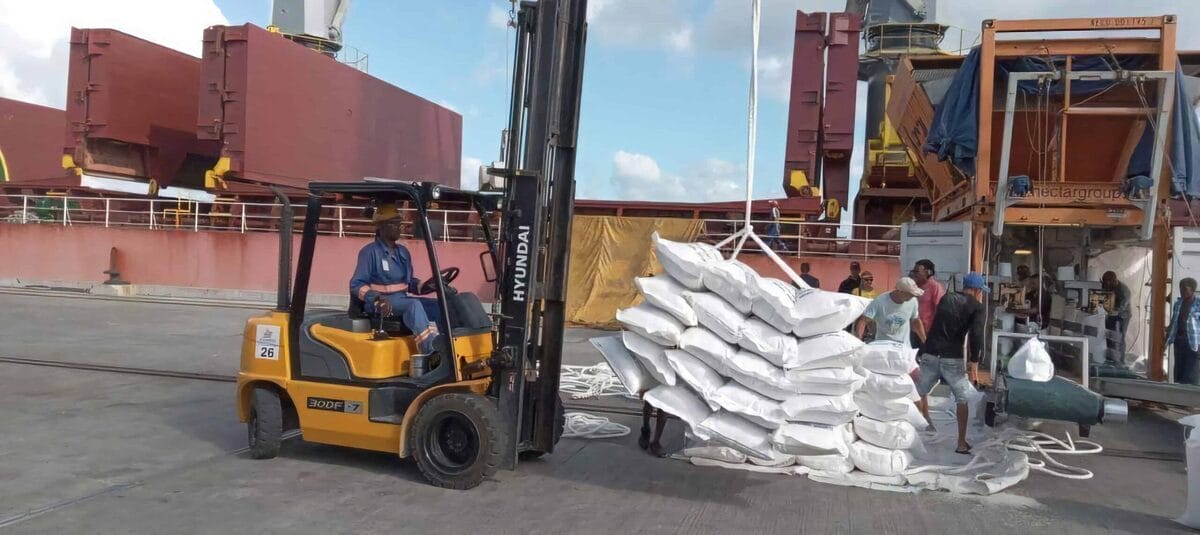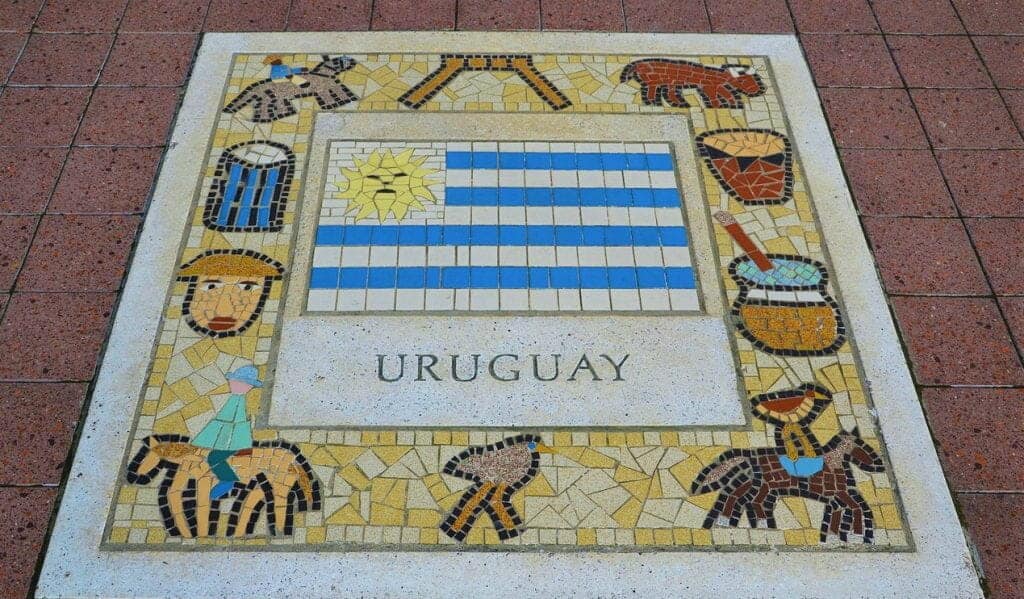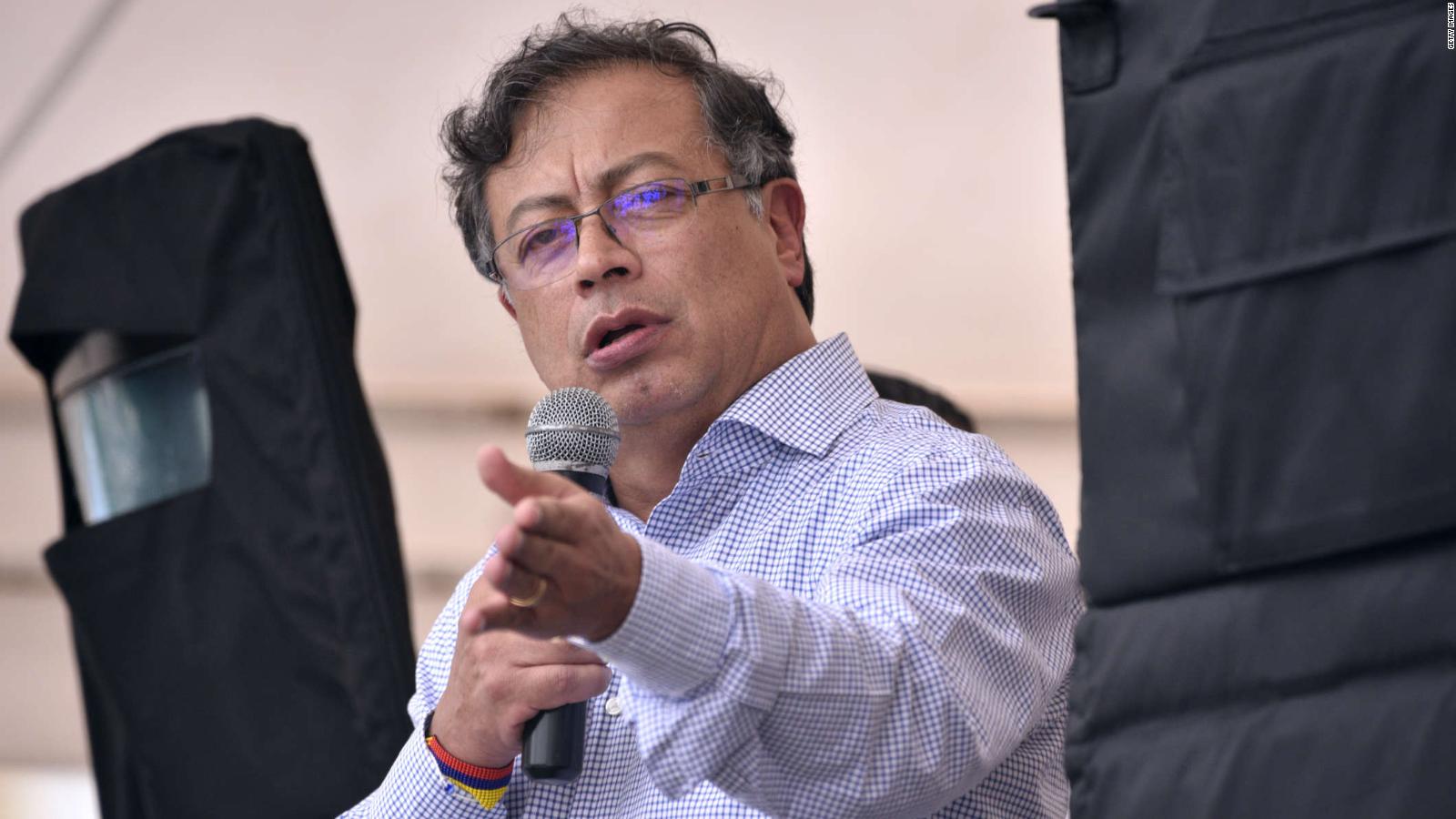The Littoral Penitentiary and the Regional Penitentiary, which are within the same prison complex, are the most populous prisons in Ecuador. They grow in the coastal city of Guayaquil. There are 10,000 prisoners, which is more than a quarter of the South American country’s prison population. And the prisoners are in control here. They not only manage 15 pavilions, but from there they also control drug trafficking and organized crime on the streets. They decide who they let in and who they don’t. He even has the keys to his cell. In this way they have come to sow the seeds of terror throughout the country, as happened this Tuesday, in which at least ten people, including two police officers, were killed.
Seven criminal gangs have been identified that have influence within the prisons. In the three pavilions of the regional, Los Choneros rule, who answer to José Adolfo Macías, alias Fito. In the penitentiary, there are twelve pavilions divided for each of the gangs identified as the Chon Killers, the Aguilas, the Fatales, the Latin Kings, the Lobos, the Tiguerones and the Mafia. It was here that sparked the first prison massacre on February 23, 2021, in which 79 prisoners were beheaded. This was the beginning of an insecurity crisis that has escalated violently and that has dogged the last three governments who have not managed to take control of what happens inside prisons.
Ecuadorian cartel leaders have thrown President Daniel Noboa’s new government into crisis with a wave of attacks that began on Sunday, January 7, when authorities realized Los Choneros leader Fito was missing. Riots took place in seven jails.
The infrastructure of the regional pavilions allows you to clearly see the activities of prisoners who go up and down the wooden stairs on the roofs, talk on the phone and even set up a hammock where they hang out. Is. Everyone passing through the main road can see them, as well as the prison guides inside, the police and the army who guard the first security ring at the entrance of the prisons. Everything happens in the presence of those who are supposed to be in control.
“Prisons are cities ruled by the prisoners,” believes a police officer who has worked in those two prisons. “They have their own businesses. In the regional, as soon as you enter, they offer the sale of roasted chicken, there is a cart of salchipapa, morocho, they are businesses to feed the structure that they have built inside.
The obvious question is how come the chickens, carts, gas cylinders, arms, ammunition, bombs, drugs, liquor, which have been seized in innumerable quantities, come into existence. The answer is the corruption of the system run by the government entity SNAI. The Inter-American Commission on Human Rights, which visited the country in 2021, described the government at the time in a document: “Unprecedented corruption within prisons, which is a response to the state’s abandonment of the penitentiary system over the years.” back, as well as the lack of a comprehensive criminal policy”, which led to “self-governance”, meaning that internal control is exercised by the detainees themselves.
The structure works with a leader for each pavilion who reports to the maximum leader of the band. The police officer who tells EL PAÍS how this corruption network works describes the position he holds as “manager”. For example, Fito, who was in the regional, did not necessarily know what was going on in one of the pavilions of the penitentiary, the leaders of his gang and people belonging to Los Choneros in each pavilion kept him informed. He was a bit like the manager of Los Choneros,” he explains.
Leaders in each ward charge for everything. The cells, measuring two by two metres, can house from one person to eight or ten, all depending on how much they can pay. “If he wanted a nice room, drug traffickers would pay up to $1,500 a month, that cell also had air conditioning, and it was for his and her safety.” In a cell with two bunk beds for four people, each person had to pay 300 per month. “Anyone who didn’t pay lived on the floor.” Each pavilion can take in up to $20,000 per month.
Therefore, many conflicts between criminal gangs “occur over the control of pavilions and penitentiary centres, motivated primarily by the economic benefits they can obtain through illegal businesses,” the IACHR warned in its report. And this struggle is also for control and power. Happens outside jails.
The model of the Guayaquil prisons was also replicated in other prisons distributed in different provinces of the country and under the command of different gangs. Cotopaxi, Quito, Cuenca, Machala, Chimborazo, which presented the latest prison riots, are under the control of Los Lobos, the criminal gang that tries to gain hegemony over organized crime inside and outside Ecuador’s prisons.
Follow all international information Facebook And xor in our weekly newspaper,
(TagstoTranslate)Ecuador(T)Daniel Noboa(T)Violence(T)Murder(T)Prison(T)Mexican Cartels(T)Latin America(T)US(T)Organized Crime
 Play Crazy Game Trusted Gaming News Portal
Play Crazy Game Trusted Gaming News Portal



